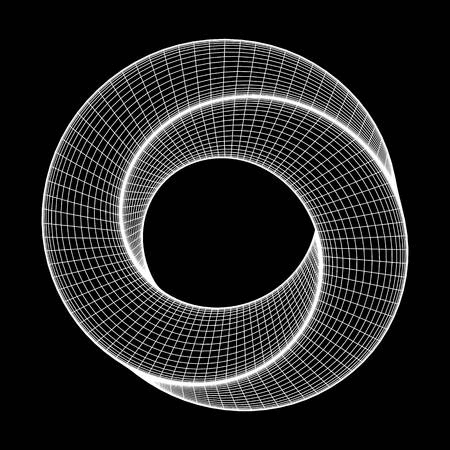提升程式設計師的面試力 - Ch2 - 鏈結串列(Linked List)
提升程式設計師的面試力 - Ch2 - 鏈結串列(Linked List)
鏈結串列(Linked List)是一種表示節點順序的資料結構。
- 單向串列(Singly Linked):每個節點都指向鏈結串列中的下一個節點
- 雙向串列(Doubly Linked):每個節點提供指向下一個節點及前一個節點的指標
如果我們想找到串列中的第 K 的元素的話,我們就必須迭代 K 次才能夠找到
Linked List 的優點是,當你想加入或刪除開頭元素時,可以在嘗試時間內完成
建立 Linked List
1 | class LinkedListNode |
從單向鏈結串列中刪除一個節點
1 | public function deleteNode(LinkedListNode $node, int $data): LinkedListNode |
「Runner」技巧
「Runner」技巧,或稱第二指標(second pointer),是指同時用兩個指標同時迭代 Linked List,其中一個指標在另外一個指標之前。
例如如果我有兩個指標,p1、p2,我讓 p1(快指標)在 p2 每移動一格的時候移動兩格,如此一來 p1 到達尾端時 p2 會剛好停留在中間的位置。
遞迴問題
許多 Linked List 問題其實都需要依靠遞迴來解決,而遞迴演算法至少都會佔用 $O(n)$ 空間,其中 $n$ 為呼叫的深度
